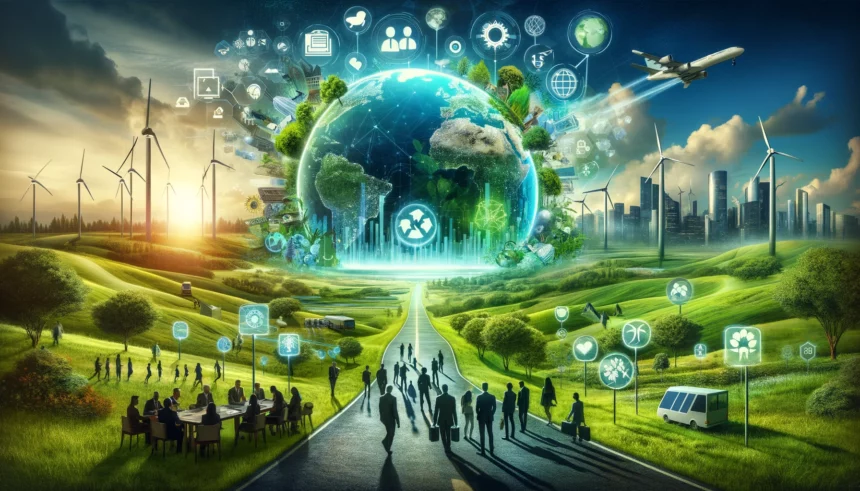In the face of mounting environmental challenges, from the specter of climate change to the scourge of pollution, the critical role of government in guiding the path to sustainability is undeniable. As the world teeters on the brink of ecological uncertainty, the strategies and policies implemented by governments worldwide have emerged as pivotal forces in shaping our environmental trajectory. This exploration delves into the complex interplay of policy, innovation, and fiscal strategy that underpins our collective quest for a greener tomorrow.
Catalyzing Environmental Progress: The Role of Policy and Innovation
At the forefront of environmental advancement stands a powerful catalyst: the government’s commitment to ecological stewardship. Through a strategic mix of incentives and regulations, authorities are nudging businesses toward more sustainable practices, sparking a wave of eco-innovation. The transformation within the Chengdu–Chongqing urban corridor exemplifies this trend, where targeted environmental regulations have encouraged collaborative advancements in green technology. Here, policy transcends mere mandates, serving instead as a beacon of inspiration for sustainable development.
Yet, this journey toward sustainability is fraught with challenges, particularly the financial burden that such a pivot imposes on both businesses and government coffers. Striking a balance between environmental ambition and economic viability is akin to walking a tightrope, where the aim is to achieve ecological goals without undermining fiscal stability. China’s experience with its resource-based cities illustrates this delicate dance, highlighting the role of policy in encouraging corporate environmental transparency while minimizing the pitfalls of greenwashing.
The Vanguard of Green Innovation
Innovation lies at the heart of the environmental movement, with green technologies offering a path to revolutionize industries and redefine our societal footprint. The United States, backed by ambitious renewable energy targets and legislative measures like the Inflation Reduction Act, is at the vanguard of this innovation wave. The efforts of the National Renewable Energy Laboratory (NREL) in pioneering sustainable deployment practices for renewable technologies epitomize this push towards a more sustainable future. Through comprehensive assessments, NREL ensures that the rollout of green technologies is both environmentally beneficial and socially equitable.
However, the landscape of innovation is complex, shaped by global trade dynamics, policy frameworks, and the inherent challenges of fostering green technology development. Recent studies shed light on this intricate interplay, suggesting that a judicious mix of trade openness and environmental policy can create a fertile ground for the growth of green technologies, revealing the nuanced relationship between market forces and environmental innovation.
The Fiscal Front: Balancing Economic and Environmental Health
The path to environmental sustainability is a long-term commitment, one that requires careful navigation of the fiscal implications of green policies. Governments face the daunting task of selecting environmental regulations and technologies that not only advance ecological objectives but also safeguard economic health. This strategic balancing act is essential in ensuring that environmental initiatives are sustainable in the broadest sense, paving the way for a future where economic and ecological interests are aligned.
In summary, the intersection of government policy, technological innovation, and fiscal strategy is where the future of our environmental landscape is being forged. Through the synergistic efforts of policy-driven incentives, groundbreaking green technologies, and prudent fiscal management, we are gradually charting a course towards a sustainable and prosperous future. While the journey is undoubtedly challenging, the vision of a harmonious coexistence between economic growth and environmental preservation offers a compelling beacon of hope.
















